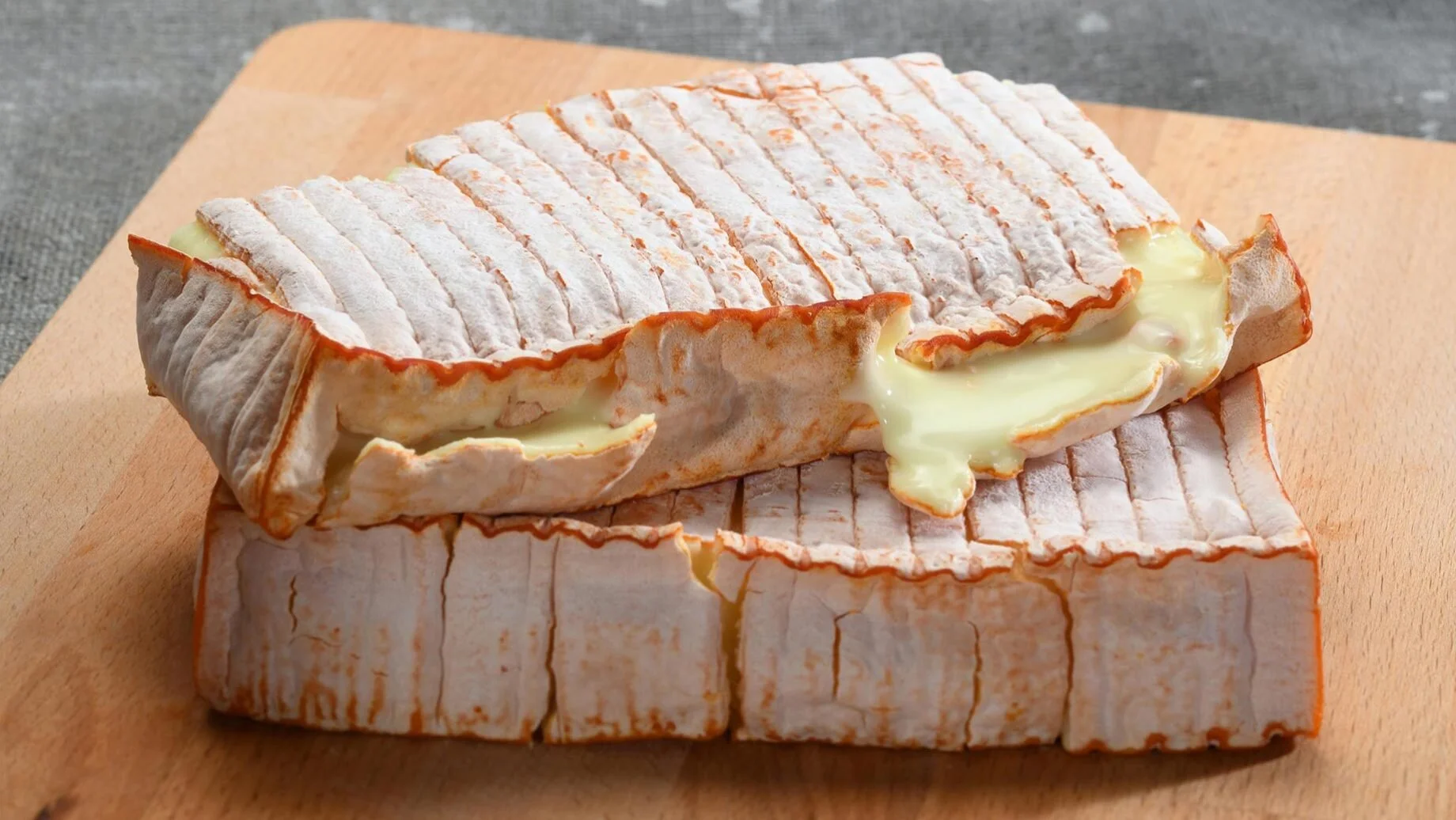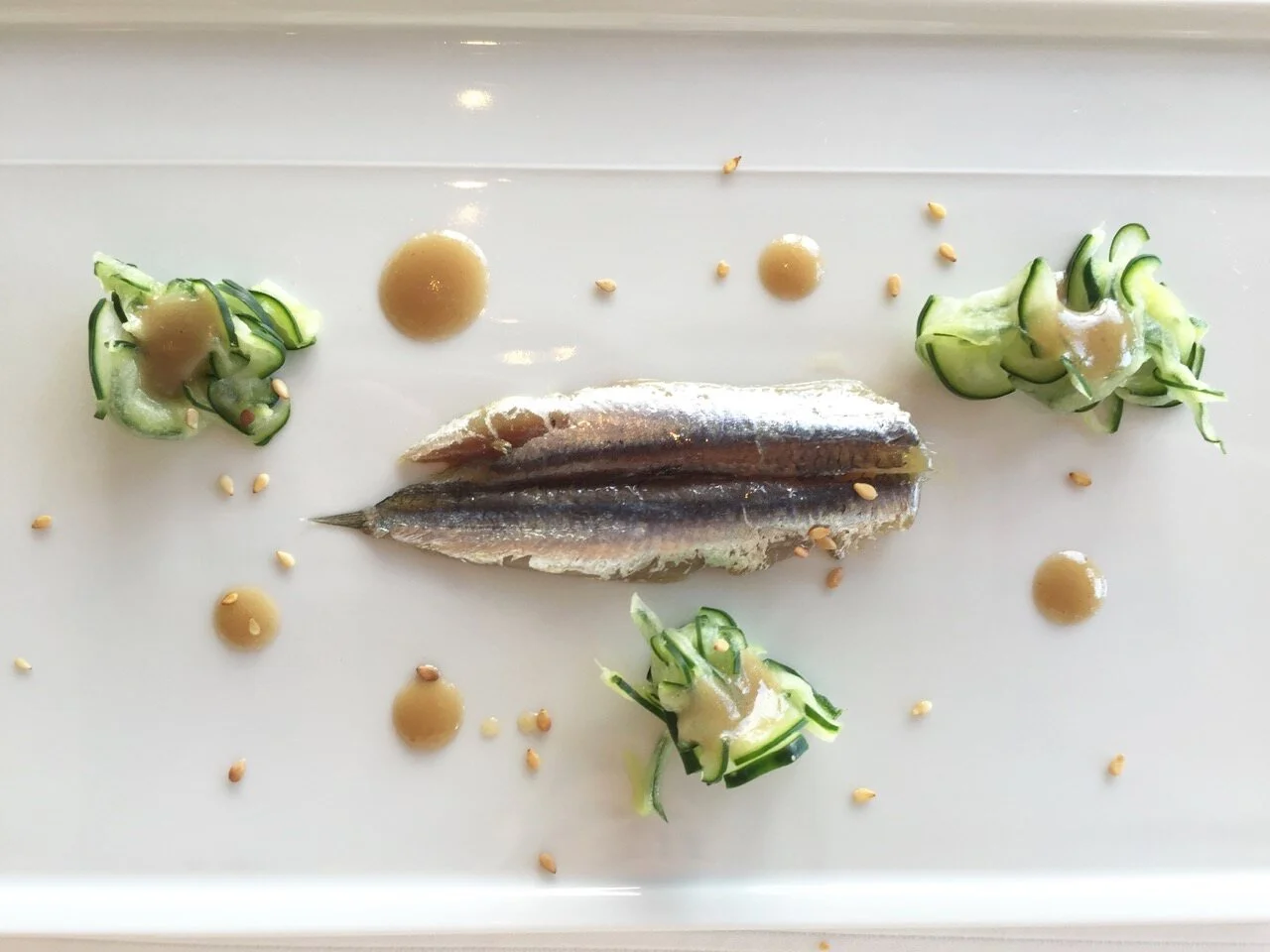Photo: The Cheese Society
World Cheese Encyclopaedia - Each Sunday learn all about a cheese in season.
This week Bleu des Causses from France.
Photo: The Cheese Society
Country: France 🇫🇷
Region: Midi Pyrenees, Gorges du Tarn
Made from: Cow’s milk
Pasteurised: No
Texture: creamy
Taste: salty, spicy
Certification: AOC
Aging: from 70 days to 6 months
Bleu des Causses is a French blue cheese made from raw milk of Montbeliarde and Aubrac breeds of cow. A close cousin to Roquefort, it is produced in the Languedoc region of southern France and was granted AOC name protection in 1979. Traditionally, the cheese was made from a mixture of sheep's milk mixed either with cow's or goat's milk. But according to French cheese laws, the cheese came to be made exclusively from cow's milk.
Bleu des Causses has a high fat content of 45% and is matured for at least seventy days. However, the cheese can also be matured for up to six months in Gorges du Tarn's natural limestone caves to develop a full and fine flavour. The caves are exposed to the north and are ventilated by "fleurines", natural chimneys formed in the cliffs. It is these "fleurines" that allow the cheese to blossom and develop the aroma of the region. The taste is of summer pastures, soft and savoury. In the winter this taste is more pronounced. This cylindrical cheese has an ivory-yellow creamy pate, very consistent. It is shiny in summer, drier and white in winter.
The cheese is similar to Blue d'Auvergne in many ways, despite Bleu des Causses having a noticeably firmer, creamier texture and spicy flavours. A taste of the Bleu des Causses will proffer a blend of rich milkiness amidst the peppery and spicy notes of the blue mould. The summer produce bring out their unique grassy and clover flavours.
Photo: CC/RoxanaS
History
The Bleu des Causses shares an ancient history with the Roquefort. Many artisanal cheese cellars refined cow’s milk, sheep’s milk, or even a mixture of both. It was sold without a provincial name. In 1925, during the administrative recognition of the original name of Roquefort, the cheese must be refined to Roquefort-sur-Soulzon and cheeses from cow’s milk were banned. Because of this, producers of cheese from cow’s milk begin to structure their organizations. The collective mark “Valmont” was created to support the sales of the cheese “bleu de l’Aveyron”. The final name “Bleu des Causses” was decided on by two decrees in 1941 and 1946. The union constitution dated July 1948 and the delimitation of the geographical area in 1953. Official recognition of the AOC in 1953.
Photo: wine-searcher.com
How to enjoy it
Moist and creamy, with not too much sharpness – it is delicious spread on crusty bread, or baked in a savoury tart. It pairs excellently with sweet white wine and dessert wines such as Sauternes or Mulderbosch Late Harvest Sauvignon Blanc.
It can also be enjoyed with red wine such as a Bordeaux, Cahors or a Madiran.
Sources: Wikipedia, thecheesesociety.co.uk, fromages.com, cheese.com, fromagesdeterroir
Follow True Foodies

























